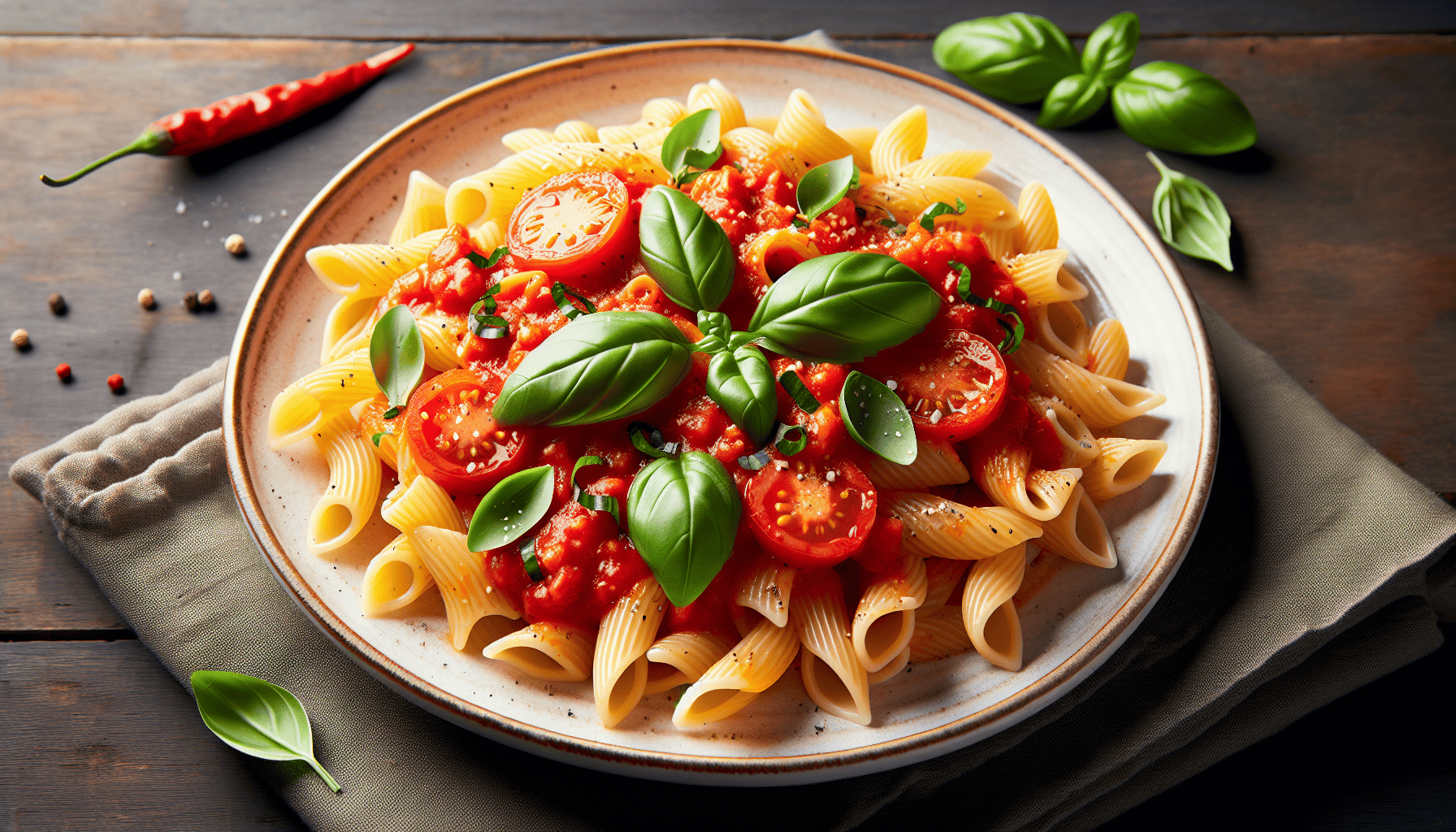There's something magical about a bowl of authentic Italian pasta, where simplicity meets perfection and every bite transports you to a quaint osteria in the rolling hills of Tuscany. The secret to this culinary delight lies not only in the ingredients but in the love and tradition that have been passed down through generations. Today, we invite you to embark on a gastronomic journey to discover the secrets of authentic Italian pasta, with a touch of guidance from our seasoned chefs.
The Foundation of Flavors: Quality Ingredients
The journey to perfect pasta starts with choosing the right ingredients. Italian cuisine is rooted in simplicity, utilizing high-quality, fresh ingredients to let natural flavors shine. Opt for finely milled semolina flour for your pasta dough, as it offers both the robustness and elasticity that fresh pasta requires. When it comes to sauces, selecting ripe tomatoes, fragrant basil, and a well-aged Parmigiano-Reggiano can elevate a dish to new heights.
Mastering the Art of Pasta Dough
Creating the perfect pasta dough is a skill honed by generations of Italian nonnas. The key is to strike a balance between flour and eggs. Begin with a classic ratio of 100 grams of flour to each egg, adjusting slightly based on the humidity of your environment. Knead the dough patiently by hand, as this imparts the warm touch of familiarity, until it's smooth and supple. Allow the dough to rest for at least thirty minutes—a crucial step that lets the gluten relax, ensuring a tender bite in your final product.
Shaping Your Pasta with Precision
From tagliatelle to farfalle, the shape of the pasta determines its character and dictates the ideal pairing of sauce. Each region in Italy boasts its personalized shapes, often handcrafted with nostalgic pride. A pasta machine can offer convenience, but many purists prefer shaping pasta by hand, fold after fold, cut after cut. Pay close attention to the thickness and consistency, particularly for filled pastas like ravioli or tortellini, ensuring they are hearty enough to hold their filling without overshadowing it.
Achieving Al Dente Perfection
The phrase "al dente" translates to "to the tooth," signalling pasta that is tender yet firm when bitten. This sought-after texture is a hallmark of Italian pasta, achieved through precise cooking times. Salt the water generously, as the salt spirals into the pasta grains, enhancing the blandest noodle. There is no universal cooking time, as each pasta shape dictates its clock, but tasting is the most reliable measure. A minute or two shy of the package recommendation often lifts pasta to its optimum state, knowing it will softly finish cooking when tossed briefly in its sauce.
The Dance of Sauce and Pasta
In Italy, sauce is the co-star of the pasta show, not the leading light. The harmonious marriage of pasta and sauce is critical, which is why chefs stress the importance of tossing freshly cooked pasta in its sauce for at least a minute. This age-old technique allows the sauce to coat every nook and cranny of the pasta—a delightful symphony of flavors in every mouthful. Finish with a drizzle of olive oil or with grated cheese; let the natural ingredients speak for themselves.
The Love that Lasts Generations
Authentic Italian pasta is a testament to the philosophy that simplicity, when seasoned with love and tradition, can create an exquisite culinary experience. Younger generations can connect with their roots by resurrecting these timeless recipes, ensuring that the practice of making authentic pasta continues to thrive.
In the end, the secret to authentic Italian pasta lies not just in the technique but in the heart and soul poured into each delightful dish. It’s about more than sustenance; it’s a celebration of heritage, shared stories, and love all rolled into one. So, gather your ingredients, unleash your passion in the kitchen, and let every whirl of your pasta fork transport you to the heart of Italy. Buon appetito!
